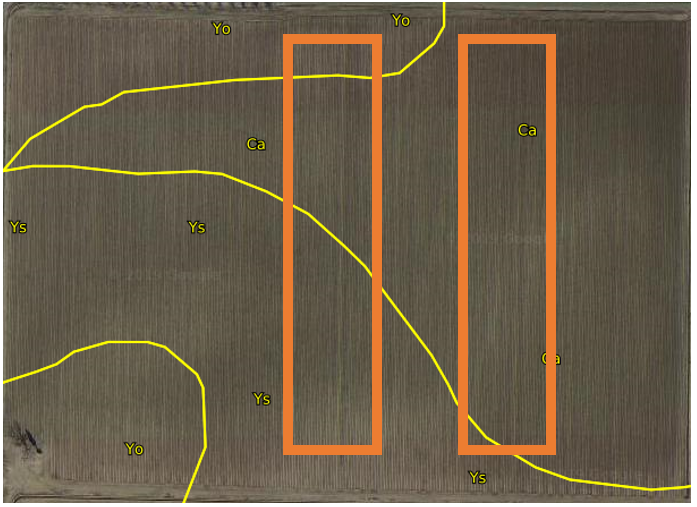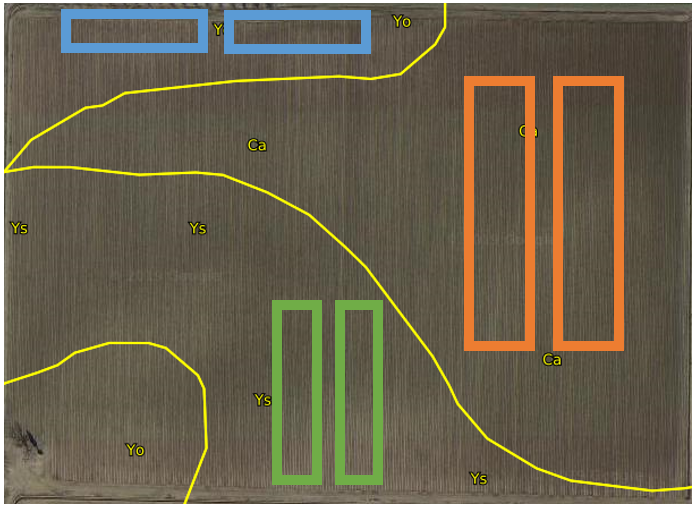The agriculture industry is continuously advancing and investing in new technologies and products, making it important to take a thoughtful and informed approach to planning and decision making. The following is a list of considerations to reference the next time you are looking at research results:
1. Data: If you are considering a new product or practice, do not be afraid to ask for the data. Statistics can help determine whether the effects are a result of random chance or represent meaningful discoveries.
2. Reliability: If a research trial is reliable, significant results will be repeatable. Other researchers should be able to perform the same experiment, under the same conditions, and generate the same results.
3. Validity: Scientific research can only point out potential causes of a studied effect. There is always a chance that other unknown factors are altering the results. However, a properly constructed experiment will reduce the likelihood of external factors impacting the research findings. Valid research trials demonstrate experimental concepts and designs that meet all the requirements of the scientific research method. For example, field trials should always include replications of each treatment and control. Typically, three replications is considered a minimum for most field and greenhouse trials.
4. Experimental Controls: A control is an essential part of any research project. The control is used as a baseline to compare treatments and assess its effect. There are two types of controls, a positive control and a negative control. A positive control is a treatment that is already known to produce an effect. This reduces the chance of false results due to poor experimental design or execution. A negative control is a treatment that is expected to have no results and often serves as a baseline level. See the table below for a brief example.
| Treatments | Example | Control Type |
| Untreated | No Starter Fertilizer Blend | Negative Control |
| Formulation Blank | Starter Fertilizer Blend w/o Product | Negative Control |
| Treatment | Starter Fertilizer Blend + Leading Commercial Product | Positive Control |
| Treatment | Starter Fertilizer Blend + New Product | – |
5. Spatial Bias: With spatial variability within a field, trial blocks can have different yield potential even prior to applying treatments. This can lead to false results and reduce the reliability and validity of research data.

Trial blocks should be placed to optimize comparison. However, there may be constraints due to application and harvest equipment that require the blocks to meet specific widths and align with field rows.

6. Information Sources: With the internet anyone can quickly access and post research articles online, but the credibility of the source is not always obvious. Take time to investigate the organization and author(s) publishing the work and determine if they are a trusted source. Research published in peer-reviewed journals is generally trustworthy. Media coverage of research is often not representative of the original research, as it may omit the technical and complex aspects, which can lead to misinterpretation.
Resources
- Validity and Reliability: https://explorable.com/validity-and-reliability
- How to Read a Research Paper: https://web.stanford.edu/class/ee384m/Handouts/HowtoReadPaper.pdf
- Soil Web: https://casoilresource.lawr.ucdavis.edu/gmap/


